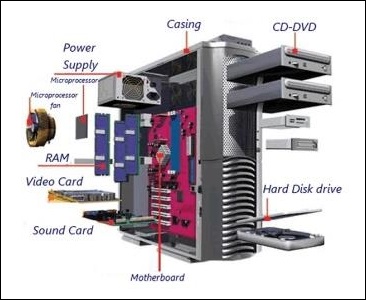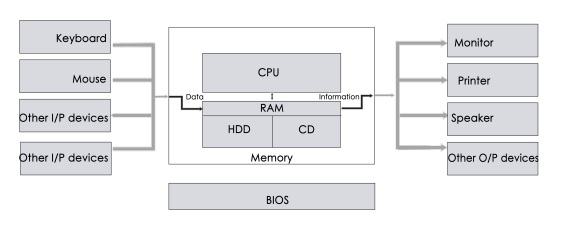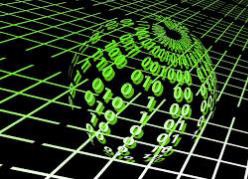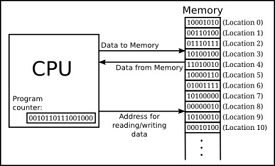Introduction to GUI based Operating System
Personal computer has advanced a lot in a short period of time, and much of the advancement is due to ongoing progresses in operating systems. Evolution of operating systems had made PCs easier to use and understand, flexible and reliable. This chapter is the study of primary operating systems currently used in personal computers and network servers, and their basic features.
This topic presents a broad survey of concepts and terminologies related to operating systems like: Basics of operating system, user interface, basic settings of operating system, file & directory management, and types of files.
Basics of Operating System
Operating System
Operating system is a software that controls system’s hardware and interacts with user and application software.
In short, an operating system is computer’s chief control program.
Functions of Operating System
The operating system performs the following functions −
It offers a user interface.
Loads program into computer’s memory.
Coordinates how program works with hardware and other software.
Manages how information is stored and retrieved from the disk.
Saves contents of file on to disk.
Reads contents of file from disk to memory.
Sends document to the printer and activates the printer.
Provides resources that copy or move data from one document to another, or from one program to another.
Allocates RAM among the running programs.
Recognizes keystrokes or mouse clicks and displayes characters or graphics on the screen.
| Sr.No. | Operating System Concepts & Description |
|---|---|
| 1 | Types of Operating System There are four types of operating systems. |
| 2 | Basics of Popular Operating Systems Windows Operating System is developed by Microsoft Corporation, Linux is a multitasking operating system that supports various users and numerous tasks. It is open source, i.e., code for Linux is available for free of cost |
| 3 | User Interface While working with a computer, we use a set of items on screen called "user interface". In simple terms, it acts as an interface between user and software application or program |
| 4 | Running an Application The operating system offers an interface between programs and user, as well as programs and other computer resources such as memory, printer and other programs. |
| 5 | Operating System Simple Setting We will learn different settings in Operating System such as changing system date and time, changing display properties, etc. |
| 6 | File and Directory Management File is nothing but a collection of information. The information can be of numbers, characters, graphs, images, etc. Directory is a place/area/location where a set of file(s) will be stored. |
| 7 | File Management System The file management system is a software which is used to create, delete, modify and control access and save files. |
| 8 | Types of Files There are five types of files such as Ordinary files, Directory files, Device files, FIFO files |



